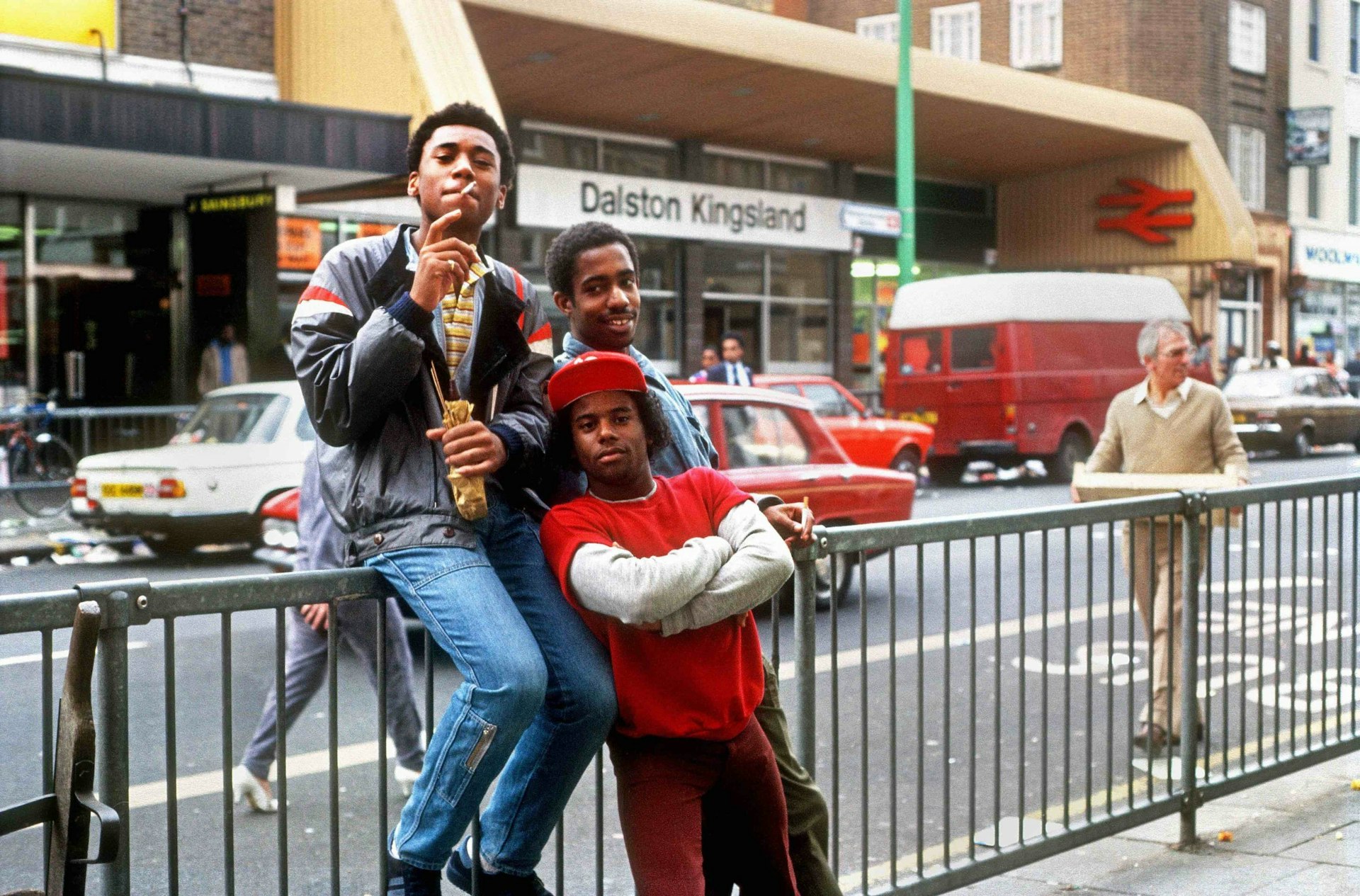
Tribes of the Amazon: Inside the struggle of the Yanomami
- Text by Miss Rosen
- Photography by Claudia Andujar
Now 89, photographer Claudia Andujar has dedicated more than half her life to protect the Yanomami people of the Amazon rainforest from the imperial forces that threaten their survival.
It is a lesson Andjuar learned as a youth during World War II, when the Germans arrived in Oradea, a town on the border of Romania and Hungary during World War II. Andujar, then 13, and her mother fled to Switzerland, the place of her birth. Her father, a Hungarian Jew, and his family, were taken to Auschwitz and Dachau, where they later died.
“Claudia has carried that trauma throughout her life, which was also marked by the search of new roots and of a new place where she would feel comfortable, safe, and welcomed,” says Thyago Nogueira, curator and co-author of Claudia Andujar: The Yanomami Struggle (Fondation Cartier pour l’art contemporain/ Dist. Thames & Hudson).
“Claudia understood the horrors of history could repeat themselves against a fragile society, and transformed the guilt she carried for not being able to stop the violence from the past into a powerful determination to react.”
After the war, Andujar arrived in New York before moving to Brazil in 1956 to live with her mother. In 1971, she began photographing the Yanomami, an Amer-Indian tribe of 35,000 who live in 192,000 square km on the border of Brazil and Venezuela.
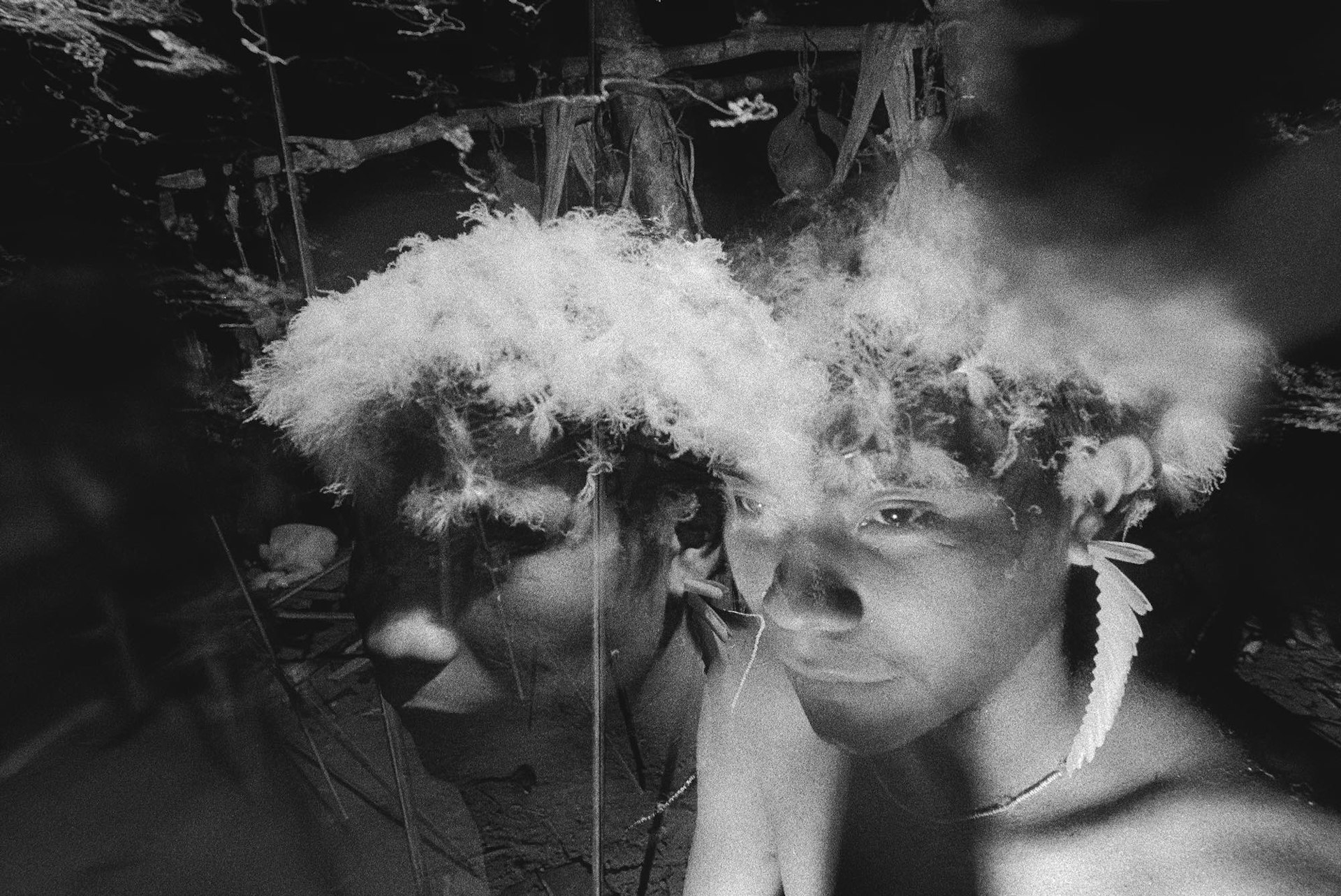
Guest decorated with vulture and hawk plumage for a feast, photographed in multiple exposure, Catrimani, Roraima, 1974
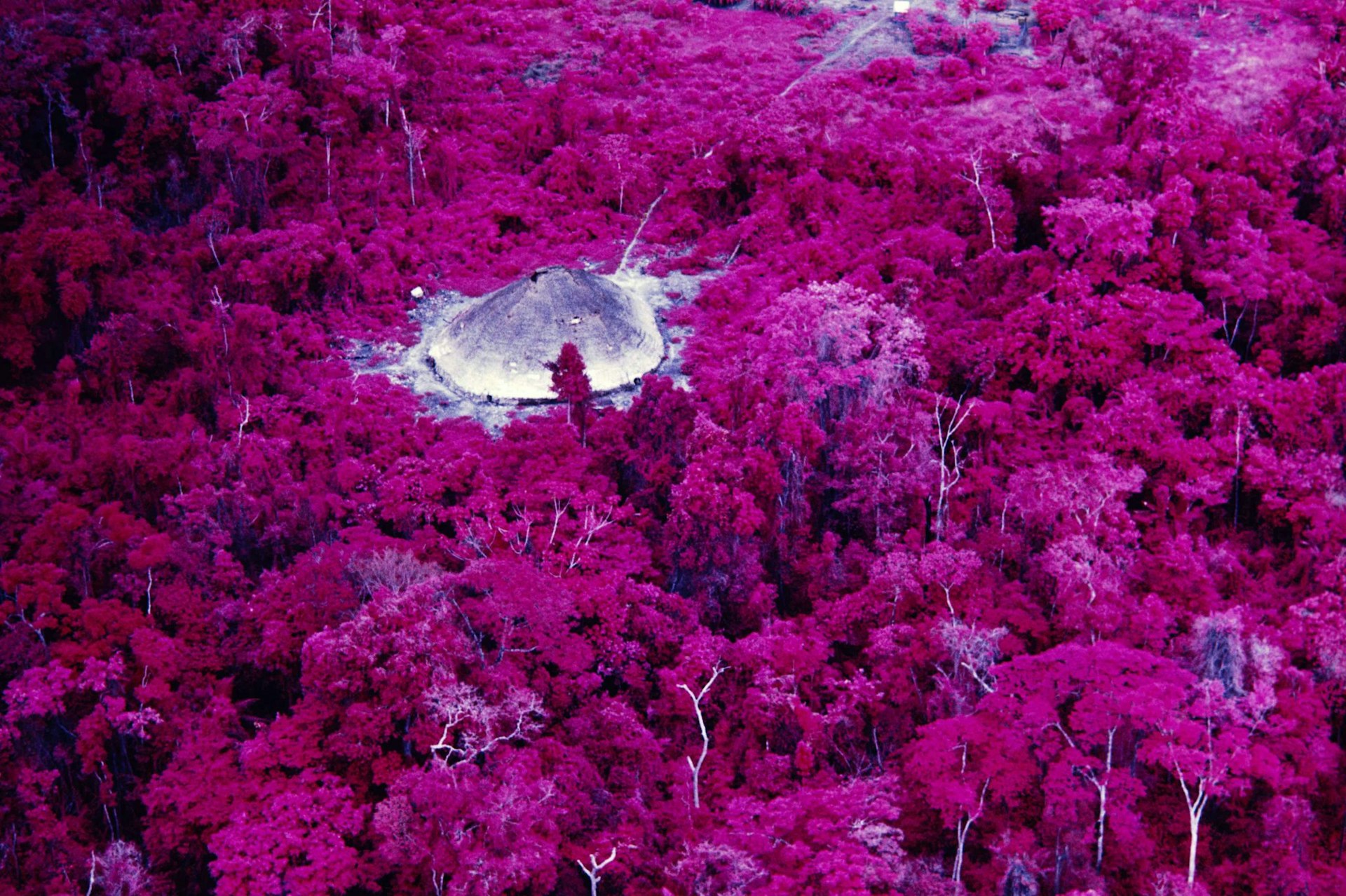
Collective house near the Catholic mission on the Catrimani River, Roraima, 1976
They lived in isolation until the early 20th century, when outsiders began to invade their lands and demonize them for defending themselves. Unlike Western anthropologist Napoleon Chagnon, who claimed the Yanomami were a violent, warfaring people, Andujar recognised the complex diversity and joy of the people who welcomed her as family into their world.
Employing multiple applications of photography to advocate for the Yanomami, Andujar’s work shows the beauty and complexity of this ancient people, made possible by their accepting her fully into the fold and sharing their most sacred rituals.
“During the first decade of this encounter, Claudia developed the most original photographic interpretation of the Yanomami shamanic culture one could think of to represent what was invisible, the spiritual, the abstract elements of the Yanomami culture,” Nogueira says.
“But she had to abandon her artistic project when the threats against the Yanomami loomed. The greed and negligence of the Brazilian government menaced to exterminate the Yanomami through the massive injection of workers and money in the Amazonia region.”
In the ’80s, Andujar redirected her efforts into activism, fighting to protect Yanomami lives and rights by using the camera as a tool for mobilisation and a weapon against the imperialist powers to raise awareness of the threat they posed.
“The perception of violence is culturally biased,” adds Nogueira. “We have invaded indigenous lands and exterminated dozens of indigenous cultures around the world through the centuries. Nevertheless, they are still here, struggling to survive. We also kill people in cities every day – we let them die of poverty, of hunger, of wars. How do we evaluate the violence of a society after all?”
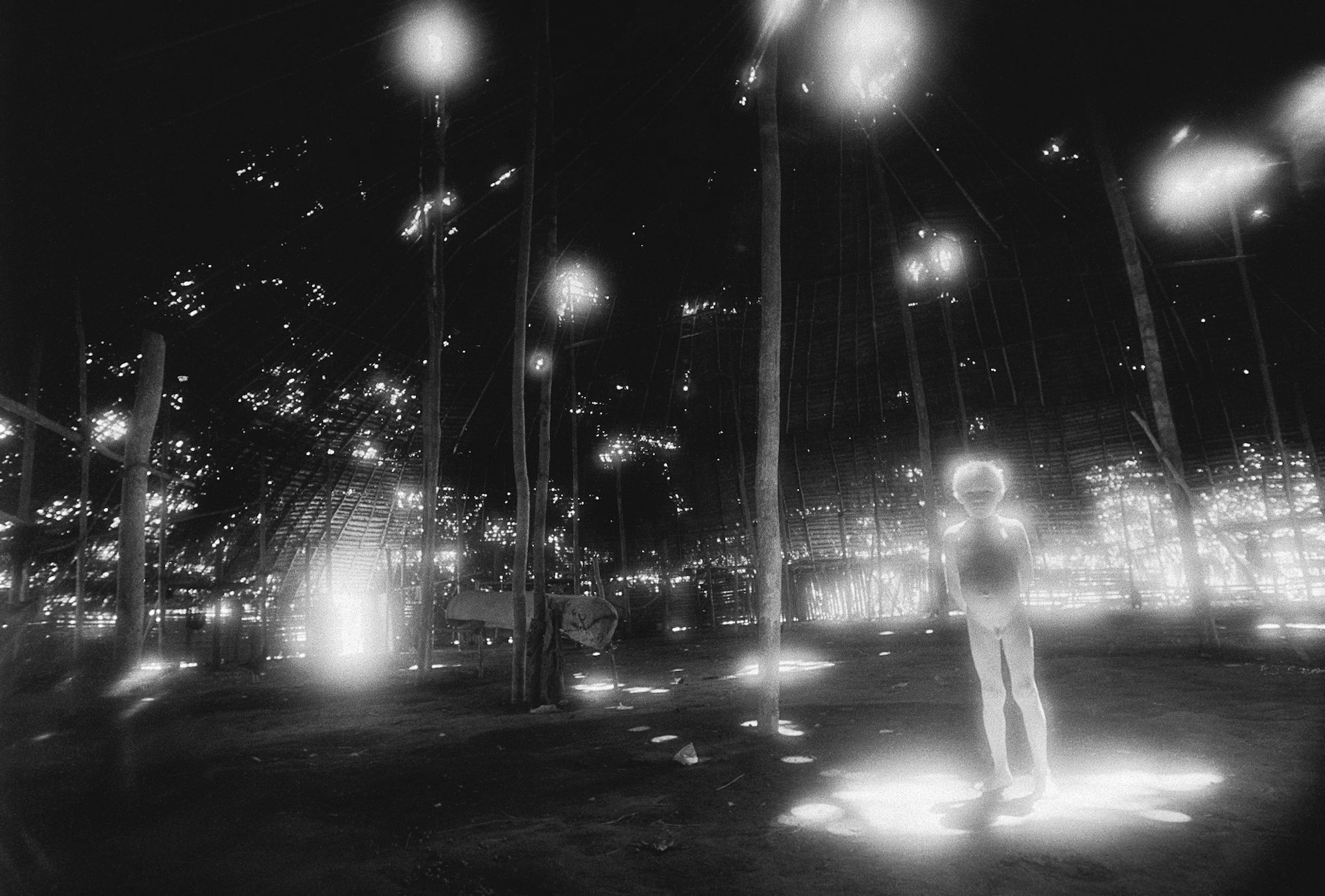
Inside a collective house near the Catrimani River, Roraima, 1974
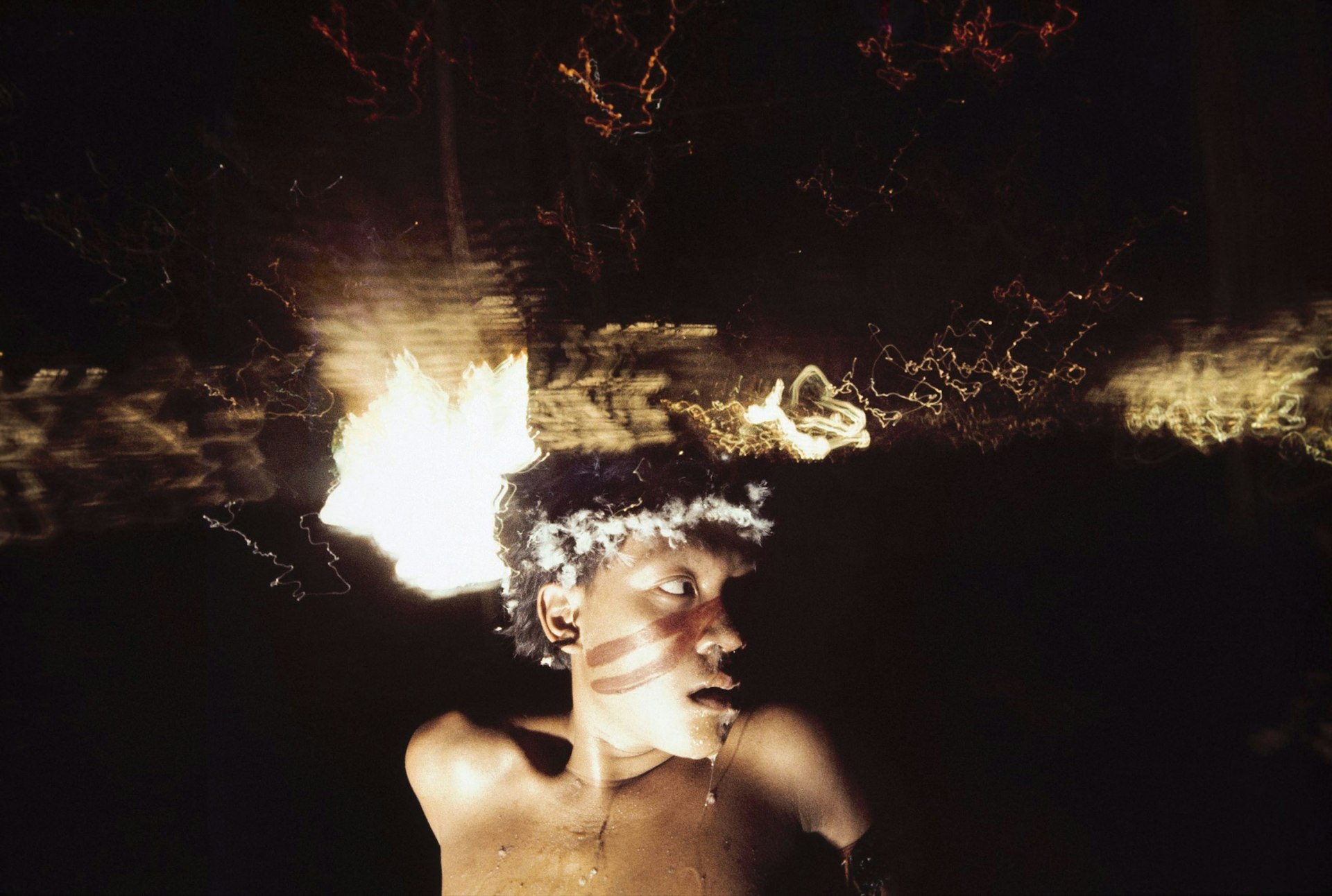
Antônio Korihana thëri, a young man under the effect of the hallucinogen yãkoana, Catrimani, Roraima, 1972–76.
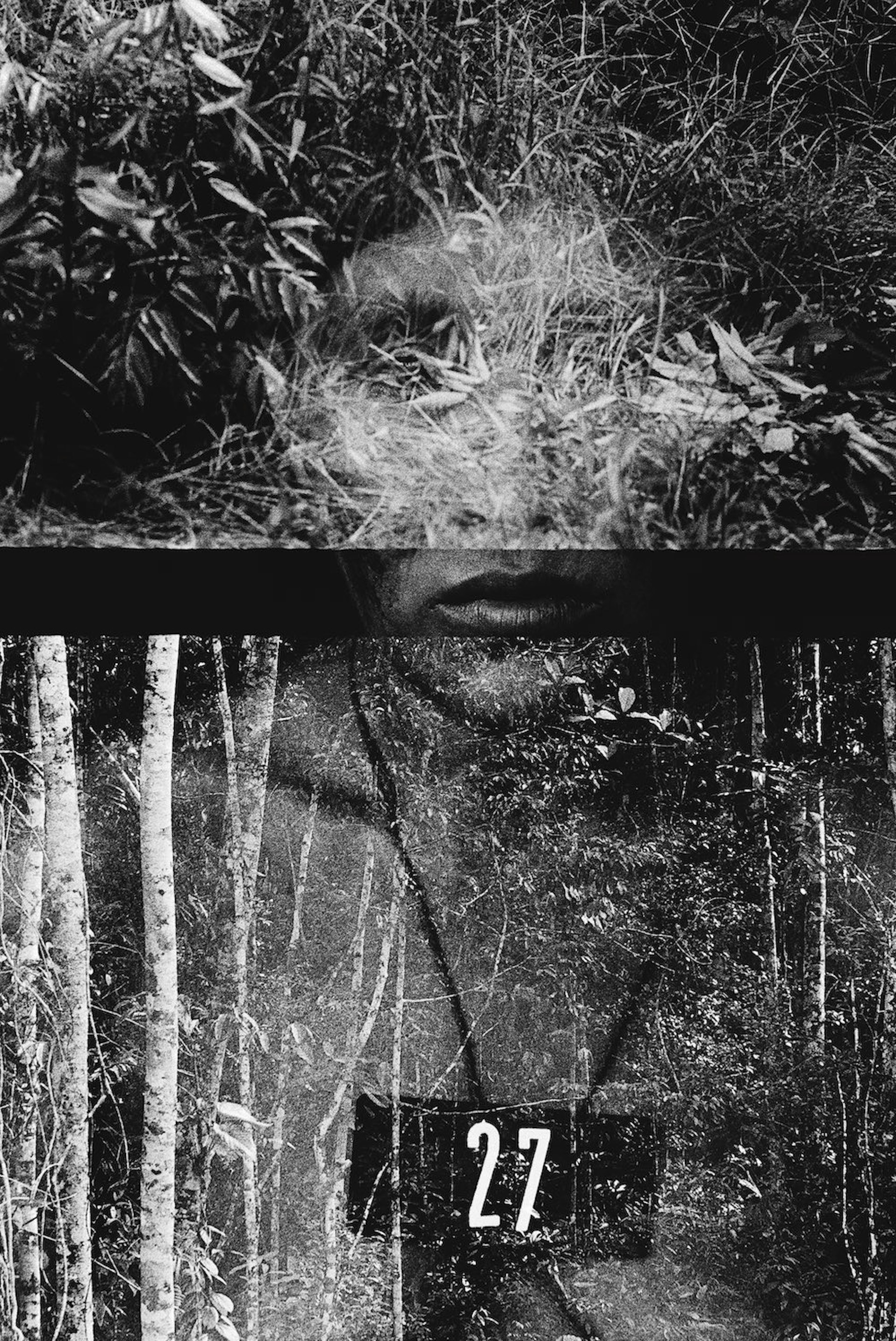
Aracá, Amazonas/Surucucus, Roraima, 1983.
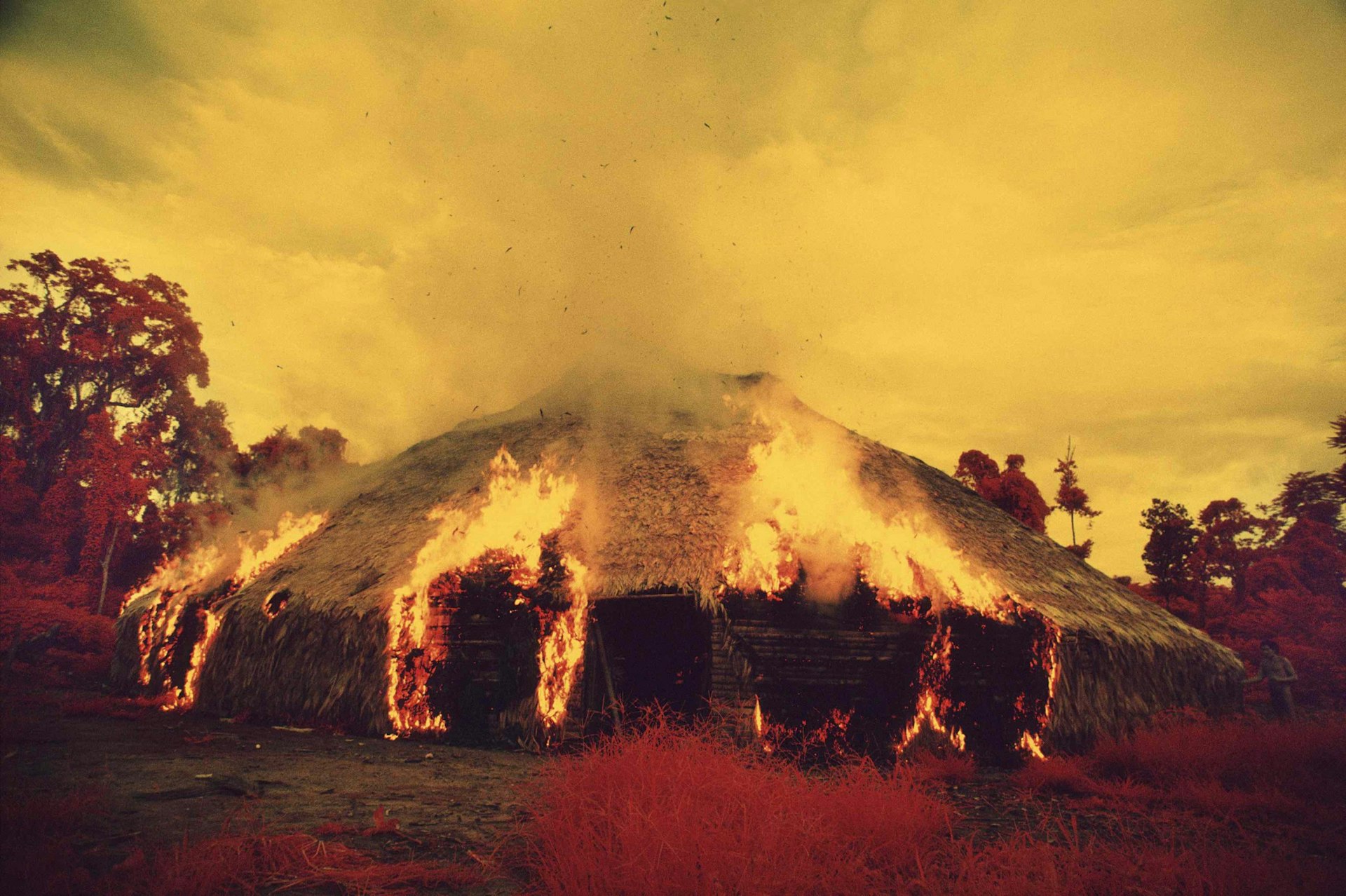
Catrimani, Roraima, 1972-1976.
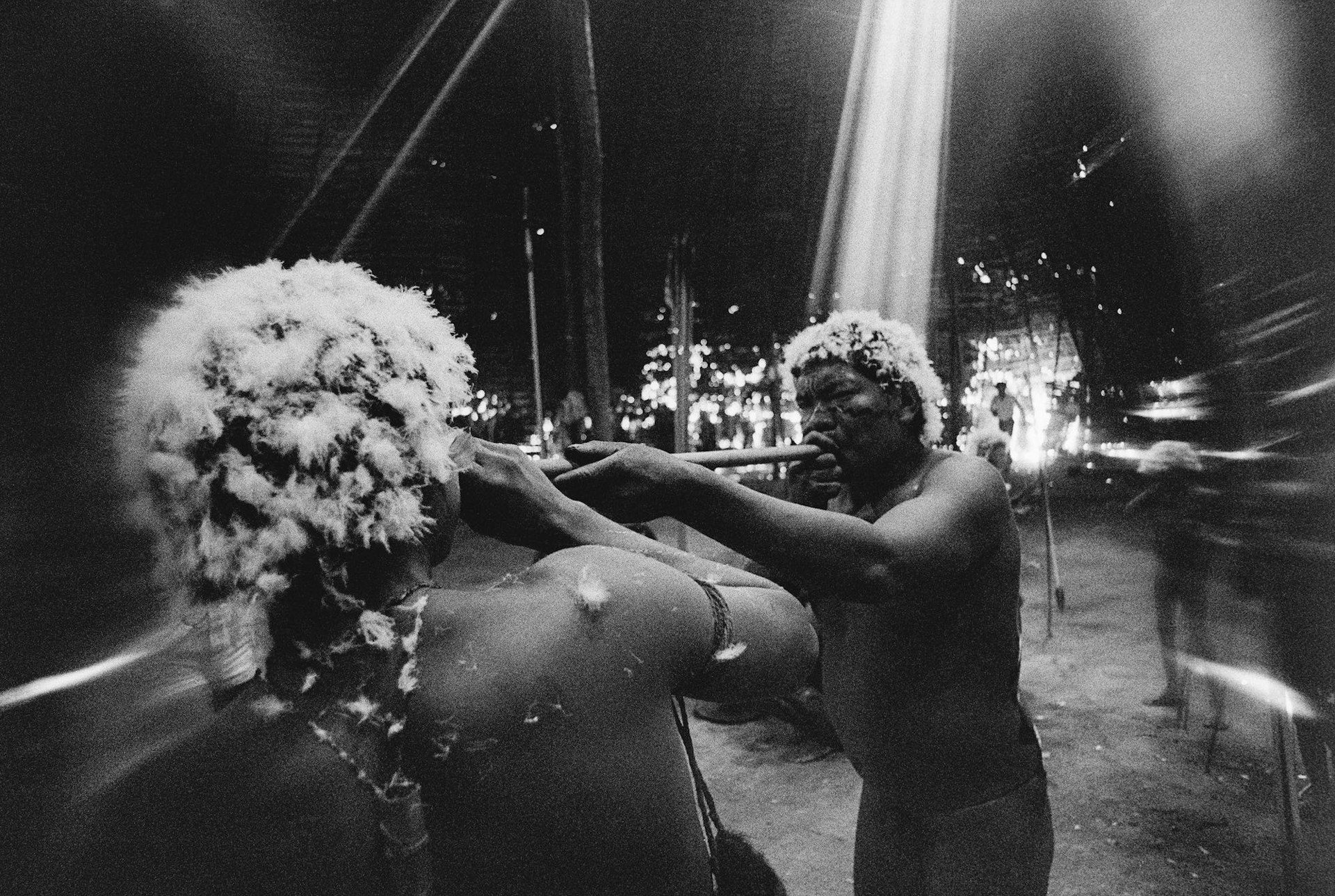
The shaman Tuxaua João blows on the hallucinogen yãkoana in the nostrils of a young man at the end of the reahu feast, Catrimani, Roraima, 1974
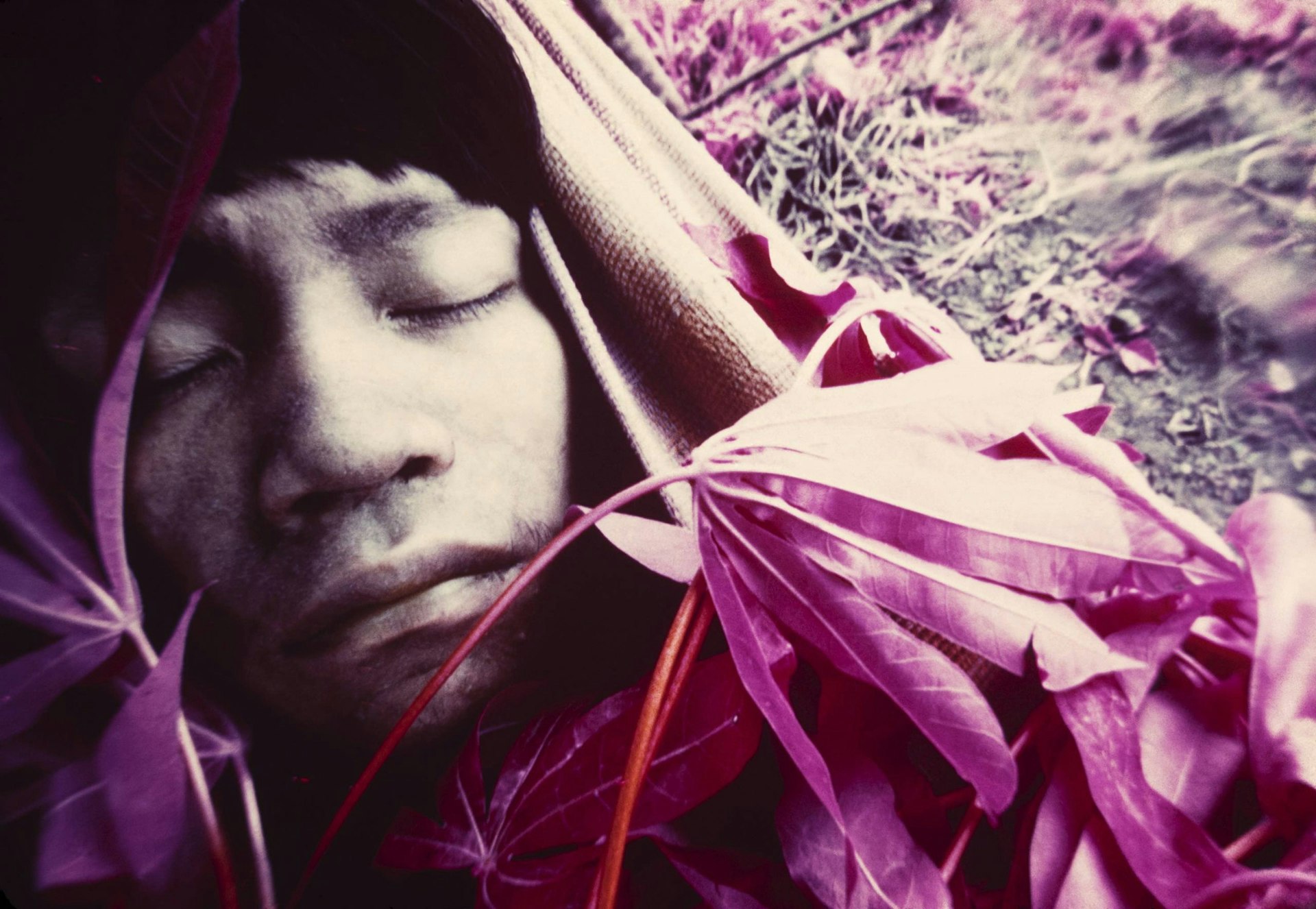
Youth Wakatha u thëri, a victim of measles, is treated by shamans and paramedics from the Catholic mission, Catrimani, Roraima, 1976.
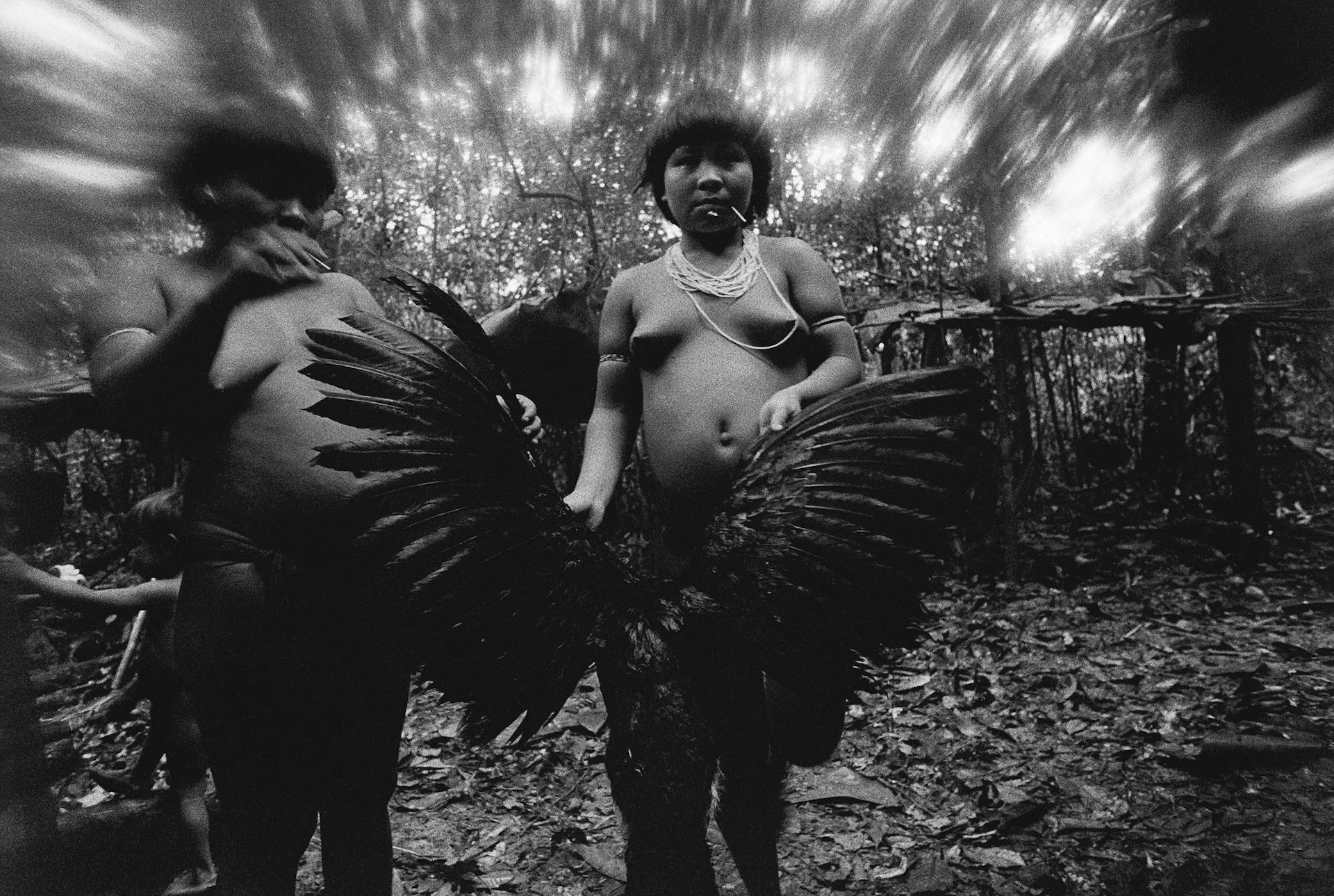
Candinha and Mariazinha Korihana thëri clean redbilled curassow, whose plumage is used to feather arrows, Catrimani, Roraima, 1974
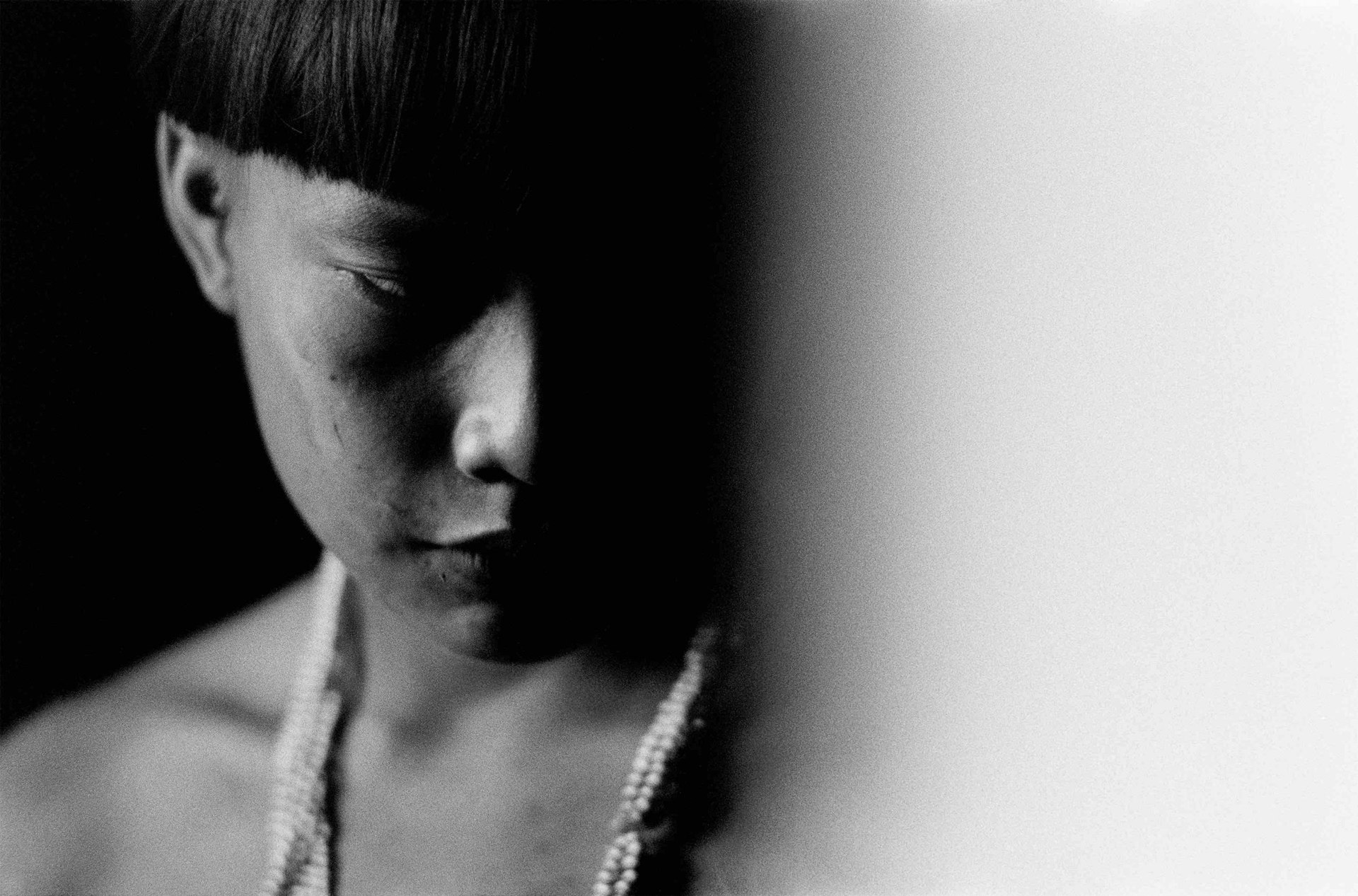
Unahi Opiki thëri, Roraima, 1974
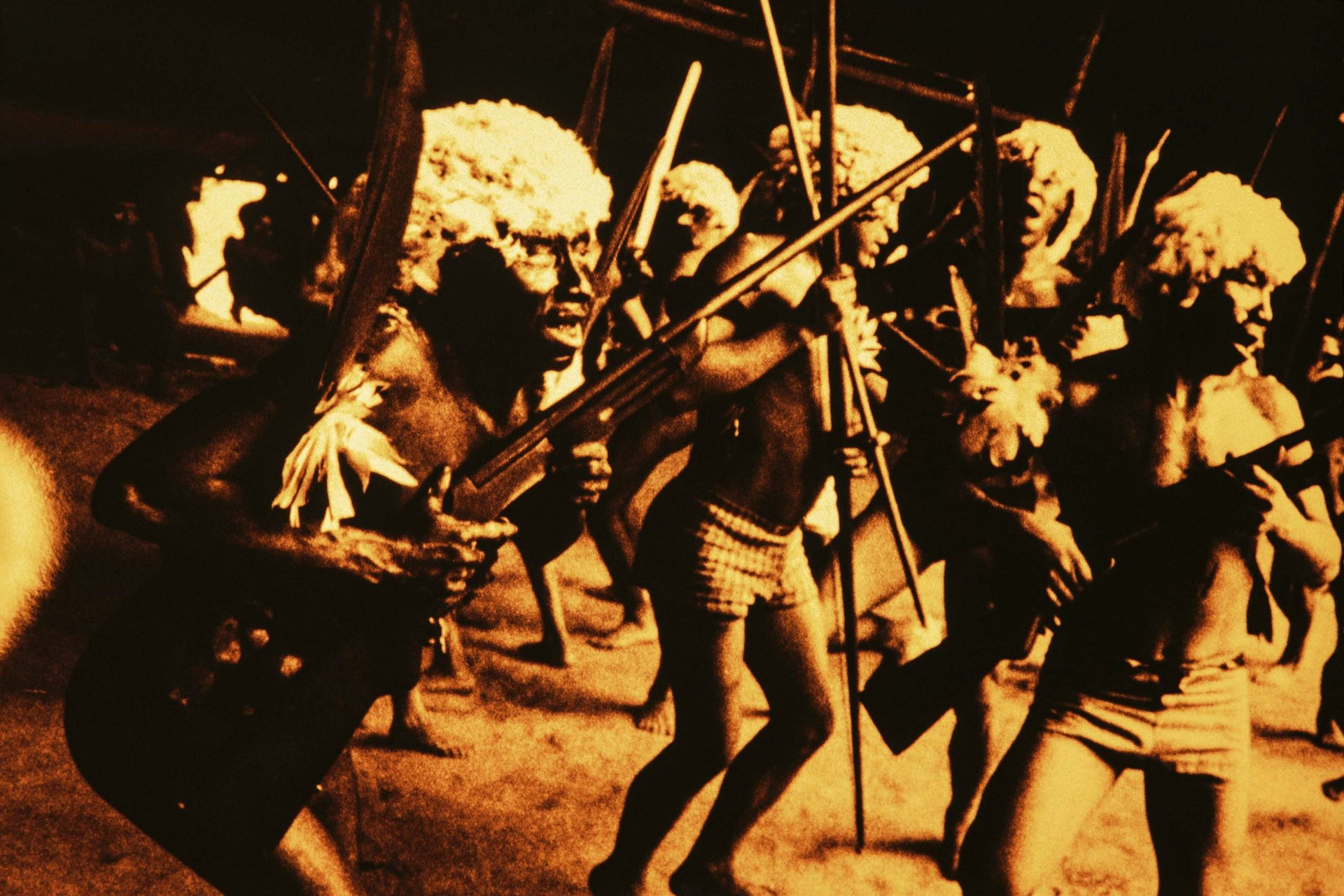
Slides from the audiovisual projection of Genocídio do Yanomami: morte do Brasil, 1989-2018.
Claudia Andujar: The Yanomami Struggle is available now via Thames & Hudson.
Follow Miss Rosen on Twitter.
Enjoyed this article? Like Huck on Facebook or follow us on Twitter.
